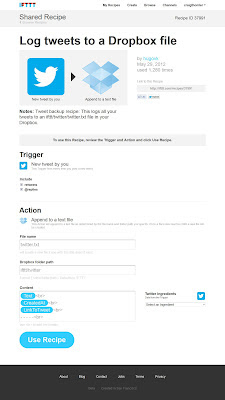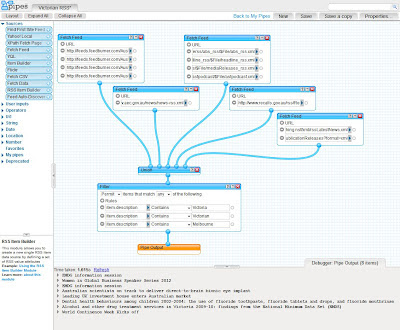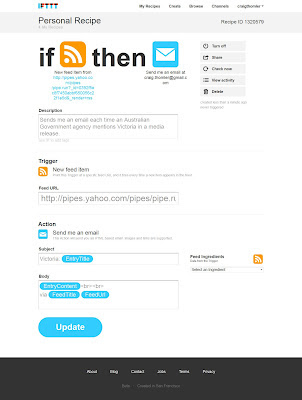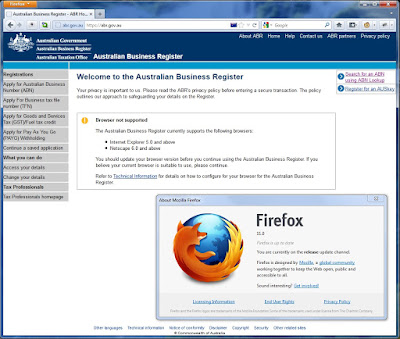 |
| Photo by Tsahi Levent-Levi |
Disruption implies a disturbance or breakdown in the existing order, a situation where the status quo is overturned in an unpleasant way. To disrupt a process is seen as interfering with the ordinary course of events, and 'disruptors' of events or organisations are rarely looked on in a positive light.
While many disruptions are predictable, they are often not avoidable - such as the impacts of a natural disaster or the consequences of a terminal illness.
Equally disruptions in business and governance, through new technologies, ideas and approaches, can often appear to come rapidly out of 'left field', even when they can have been expected for a long time.
However in many of these cases, disruption has a much greater impact on societies and organisations than it needs too, not because it was unexpected or not discussed, but because leaders refused to see the writing on the wall, and begin a process of communication, adaptation and evolution soon enough.
A classic example is Kodak Eastman - the inventor of the digital camera, whose business was destroyed by the product it originally designed and marketed.
Kodak did not go bankrupt because no-one within or outside the company could see the impact of digital cameras, or their widespread adoption into mobile phones, laptops, tablets, drones and more. The company failed because the company's leaders chose to believe that their business could not be disrupted, that their name, reputation and products would allow them to survive no matter where the market went.
As a result they adapted too little and too late to the 'digipocalypse', where film cameras rapidly disappeared and even the digital camera market fell as people started using other devices as their primary photographic tool.
When I hear business and government leaders speak of disruption, of new industries replacing old or new thinking flushing out the old, I often wonder how much is just talk and how much actual action is taking place in their organisations to adapt to new realities.
Few disruptions are truly unpredicted, although their course may be unpredictable, with some technologies being rapidly adopted and others festering amongst early adopters for decades.
Organisations that are truly committed to survival and growth don't talk about the 'disruption' due to digital, but of the opportunity to re-imagine their business models and redesign their operations, preparing for and adopting innovations and new ideas in an evolutionary manner.
By preparing early and evolving continuously these organisations never actually face actual disruption, because they are almost always in the right place at the right time, with the talent, tools and techniques at hand to move with the market, rather than trying vainly to keep up.
When these organisations are tripped up by market or social change, it's due to velocity, not disruption, and they remain well-equipped in talent and tools to pivot their operations to minimise any disruption.
If your organisation is facing digital disruption, consider why that might be the case.
Was the disruption truly unpredictable? Or did your management fail to watch the market closely, or ignored advice on the basis of their belief that the status quo was unshakeable?
Is the disruption due to a lack of preparation in the face of a clear and present danger? Or due to an unwillingness to change, even at the point of extinction?
While change is a constant feature of business and social environments, disruption is simply what happens to organisations who fail or fear to face change. Organisations that do not design structures, generate strategies or train and recruit staff who can lead and support the internal transition in a prepared and evolutionary way.
Therefore any organisation that has been disrupted should first look inwards, not outwards, for the cause, and take appropriate steps to ensure that, if it survives, it never makes the same mistake again - to inadequately prepare itself for environmental and market change.
And any organisation that foresees disruption ahead should be preparing now. In order to turn a potential disruptive event into a much less impactful, evolutionary step, that causes far less disruption or damage and buoys the organisation to greater future success.









